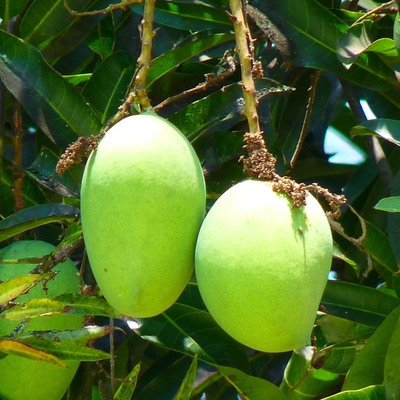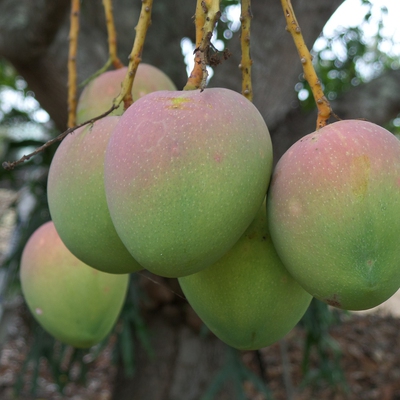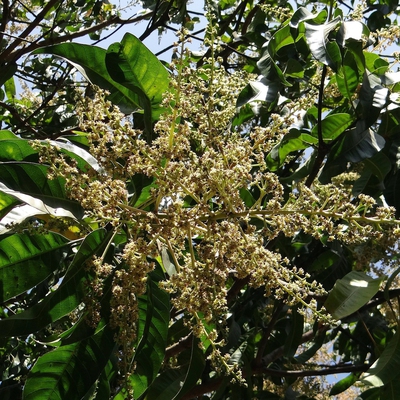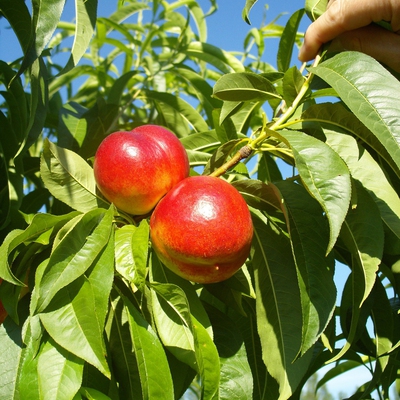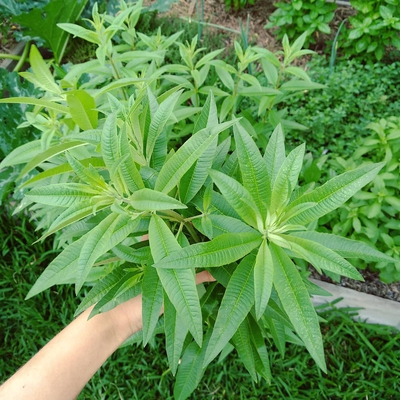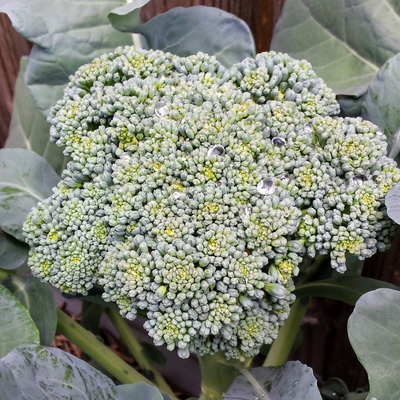If you're thinking of growing your own fruit, this guide to Mangoes is a great place to start. Find out what you will need and the right time to plant!
 Soil
Soil
What soil is good for Mangoes?
Mango trees will grow in a range of soil types provided that they are well draining. Mix in plenty of compost.
 Position
Position
How much sun do Mangoes need?
Plant Mango trees in a sunny position, sheltered from strong winds.
 Frost Tolerant
Frost Tolerant
Are Mangoes frost tolerant?
No, Mango trees are not frost tolerant and are best grown in warm, frost free climates.
 Spacing
Spacing
How much space do Mangoes need?
Generally Mango trees should be spaced roughly 8m apart, although spacing is highly dependent on your pruning method.
 Planting
Planting
When should I plant Mangoes?
Mango trees are best planted in spring. The trees grow optimally at temperatures of 24–27°C (75.2–80.6°F)
Autumn or spring is the best time to transplant most dormant plants. If transplant in the heat of summer, you'll need to be diligent in watering and provide extra shade for your plant in the first few weeks after transplanting.
Dig a hole 2-3 times the width of the root ball. The hole should allow the plant to sit at the same level in the soil as it was previously. Fill the hole with soil ensuring the crown of the plant, where roots and stem meet, is level with the soil surface.
Plant out in the early morning or evening and/or on an overcast day. Avoid planting at peak sun times or on windy days, this will allow your plants to settle in comfortably and protect them from windburn and sunburn.
 Feeding
Feeding
What do I feed Mangoes?
Young Mango trees are sensitive to fertiliser burn so it’s best not place fertiliser in the planting hole as this can burn sensitive roots. Young trees respond well to fish based fertilisers and seaweed solutions. Top-dress plants with fresh compost and apply an organic fertiliser once or twice a year, usually in spring and early summer.
Add a 2-3 inch layer of mulch around the tree up to the drip line to retain moisture (be careful not to pile mulch against the tree trunk as this may lead to trunk rot and disease).
 Harvesting
Harvesting
When can I harvest Mangoes?
The best time to harvest Mangoes is when the pointy end of the fruit, opposite the stem, fills out and becomes slightly rounded. The fruit is usually harvested when it’s still firm and showing signs of colour. Depending on the variety, the mango should have begun to change colour from being completely green to yellow, orange or red (usually with a slight blush). The interior of the fruit should be yellow. The Mango will begin to soften after harvest.
Mangoes excrete sap when harvested. When this sap comes into contact with the fruit, it causes sap burn. Sap burn presents itself in the form of black lesions on the fruit, resulting in fruit rot and decreased storage time. To avoid sap burn, it’s best to harvest the fruit with at least 10cm of stem still attached, that way the sap can drain away from the fruit. You can place the Mangos in a shallow box, with the stems draining over the edge of the box, away from the fruit.
 Pests
Pests
What pests do Mangoes get?
Pests that can affect Mango include: Fruit Fly, Fruit Piercing Moth, Mango Mealybugs, Helopeltis Bug, Mango Tree Borer, White Mango Scale, Spiraling White Fly, Red Banded Mango Caterpillar, Mango Leafhopper, Mango Shoot Caterpillar, Thrips, Mango Seed Weevil.
 Diseases
Diseases
What diseases do Mangoes get?
Diseases that can affect Mango include: Anthracnose, Algal Leaf Spot, Phoma Blight, Pink Disease, Powdery Mildew, Sooty Mold, Bacterial Black Spot, Mango Malformation Disease, Verticillium Wilt, Dieback.
 Notes
Notes
Is there anything else I need to know about Mangoes?
At the end of the season, prune Mango trees in order to remove old or unproductive wood. Open up the centre to let light and air in by removing any overlapping branches, this will help to prevent disease.
 Troubleshooting
Troubleshooting
How do I troubleshoot my growing problems?
Low temperatures below 10°C (50°F) as well as wet weather during flowering, are the most common causes of poor flowering and fruit set on Mango trees.
